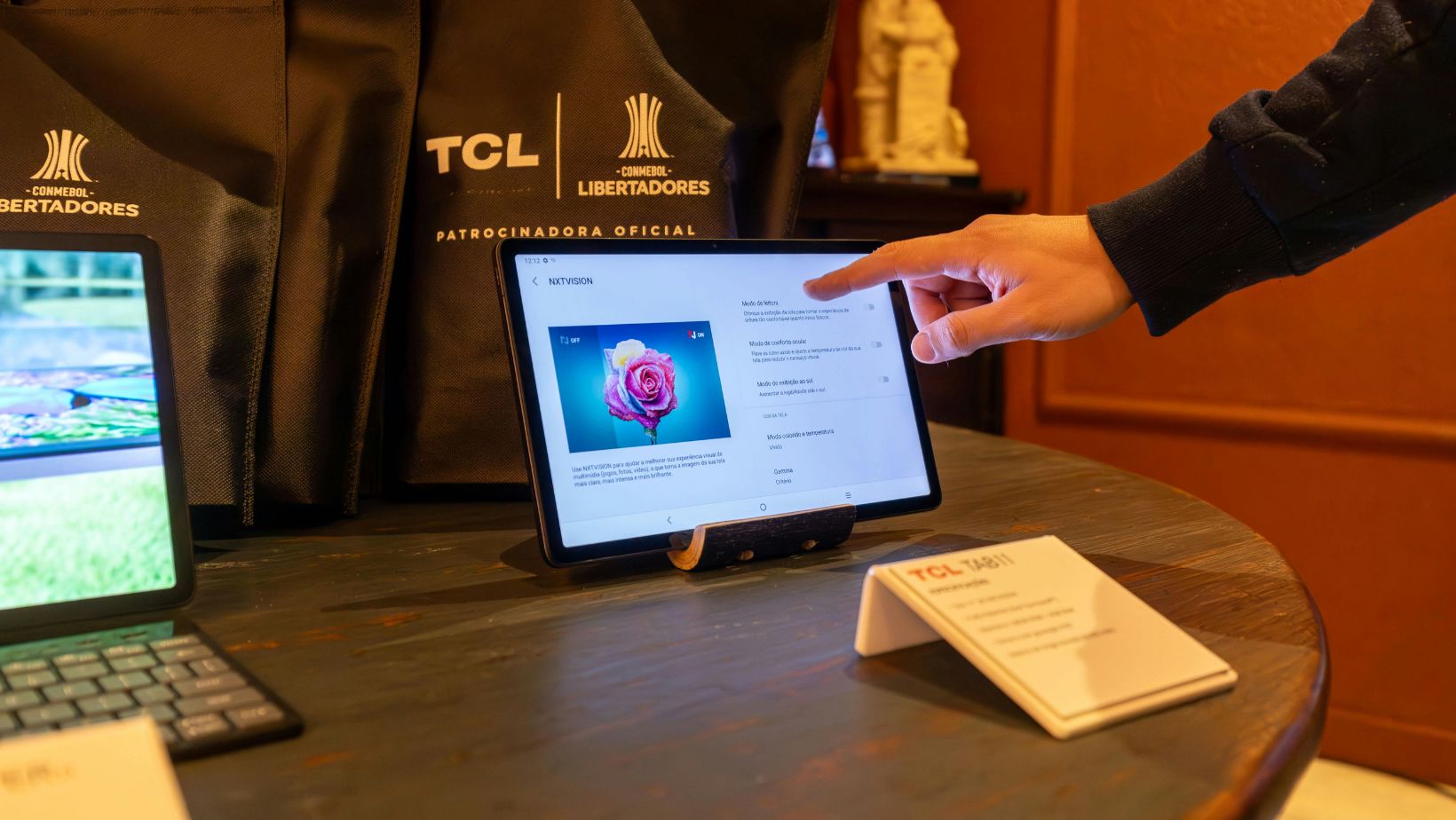“The biggest problem with communication is the illusion that it has taken place.”
— George Bernard Shaw
This quote resonates with the clinical chaos of hospitals. Healthcare is a field where communication can quite literally be a matter of life and death. And yet, one of its most visible communication tools, the humble sign, has for decades remained static, silent, and all too often overlooked.
But that’s changing.
Digital signage for hospitals is no longer just about replacing paper signs with glowing screens. It’s becoming a central actor in the theatre of care: educating patients, streamlining operations, and quietly transforming the hospital experience for everyone who walks through its doors.
Static vs. Smart: What’s the Real Difference?
For decades, healthcare signage was purely informational: directional arrows, floor numbers, a list of visiting hours. Static signage was straightforward—unmoving, unchanging, and often unread in the noise of a busy hospital corridor.
The Limitations of Traditional Signs
While static signage served basic wayfinding needs, its shortcomings became increasingly obvious as hospital environments grew more complex:
- One-size-fits-all messages
- No real-time adaptability
- No accessibility for non-English speakers or patients with disabilities
- Zero responsiveness in dynamic situations like emergencies or department changes
The Rise of Intelligent Display Systems
Modern digital signage is a leap forward not just in technology, but in philosophy. It treats every patient interaction as a chance to inform, reassure, or guide.

And it does so dynamically, drawing from real-time data and rich multimedia capabilities:
- Visual and interactive displays that update content automatically
- Integration with hospital systems for personalized messaging
- Support for multiple languages and accessibility standards
- Emergency alert modes that override normal messaging in critical moments
The shift from static to smart isn’t a novelty—it’s a necessity.
How Are Healthcare Facilities Using Smart Displays Today?
Across the United States, hospitals are turning to smart signage as an answer to increasing demands on both patient satisfaction and operational efficiency. The digital display has become the quiet multitasker of the healthcare experience.
Education That Meets Patients Where They Are
Waiting areas are no longer filled only with old magazines and wall posters. Instead, digital signage displays wellness education, procedural prep videos, or recovery tips, targeted to specific departments from pediatric clinics to oncology units. This empowers patients with information in a format that’s accessible and engaging.
Real-Time Information Reduces Confusion
Whether it’s updating wait times in the emergency department or alerting patients of delayed appointments, dynamic signage reduces ambiguity. It sets expectations and provides transparency, two elements critical for patient trust.
Wayfinding Made Simple (and Interactive)
Healthcare campuses can be labyrinthine. Smart wayfinding displays, often touch-enabled, help patients and visitors self-navigate, reducing staff interruptions and appointment delays. Some even allow visitors to scan a QR code and continue navigating on their phones.
Queue Management That Protects Privacy
With integrated queuing systems, patients can check in and track their place in line without having their names publicly called. This supports HIPAA compliance and creates a smoother flow throughout high-traffic areas.
What Are the Tangible Benefits for Staff and Patients?
The advantages of smart digital signage are not cosmetic—they’re systemic.
Lower Anxiety, Higher Satisfaction
Hospital visits are inherently stressful. Smart displays ease uncertainty by providing timely, clear updates that reduce perceived wait times and empower patients with knowledge. A well-informed patient is a calmer one.
Operational Efficiency for Staff
Nurses and administrative staff spend less time answering repetitive questions, hunting down printouts, or redirecting confused patients. Communication becomes proactive rather than reactive.
Cost-Effective Over Time
Digital signage isn’t just about the tech flash. As noted by Digital Signage Today, hospitals see savings by reducing printed materials, streamlining operations, and reallocating staff resources to higher-impact areas.
What Smart Features Are Leading the Charge?
What transforms a screen into a “smart” tool? The features that embed interactivity, context awareness, and seamless integration into the hospital ecosystem.
Touchscreens That Invite Interaction
Touch-enabled kiosks allow patients to search directories, update their appointment status, or view educational content.

This not only increases engagement but helps reduce check-in bottlenecks and wait times.
Integrated Appointment Systems
Digital signage connected to EMRs or appointment platforms enables tailored messaging: directing a patient to the correct room, displaying appointment reminders, or notifying of scheduling changes.
Multilingual and Accessible Displays
From Spanish to Mandarin to American Sign Language, inclusive signage bridges communication gaps. Voice output, high-contrast displays, and adjustable font sizes ensure that information is received, not just shown.
How Will AI and Data Shape the Future of Patient-Facing Displays?
Smart signage is only the beginning. The real revolution is coming with artificial intelligence, machine learning, and data-driven content curation.
Predictive Content That Adapts in Real Time
AI can adjust displayed content based on the time of day, current hospital occupancy, or public health alerts. For example, a rise in flu cases could trigger signage promoting flu shot availability in the lobby.
Personalized Messaging Based on Patient Profiles
With appropriate consent, signage could adapt messaging based on visit history, age group, or medical needs—reminding diabetic patients about nutrition classes or showing post-op recovery guidance tailored to the procedure.
Data-Driven Design and UX Improvement
Future signage systems will analyze how users interact—how long they pause, what they touch, what they ignore—and use that data to improve content delivery and screen layout for greater impact.
What Should Healthcare Leaders Consider Before Adopting Digital Signage?
While the benefits are significant, implementation must be approached strategically.
System Interoperability
Ensure your digital signage platform can integrate with your hospital’s IT ecosystem, including EMRS, appointment scheduling, and patient portals.
Privacy and Compliance
HIPAA regulations demand thoughtful design signage must convey relevant information without exposing patient identities or sensitive health details.
Governance and Maintenance
Who manages content? How often is it updated? Who can override messaging in emergencies? These are governance questions that must be addressed to avoid digital chaos replacing analog confusion.
A Smarter, Calmer, More Connected Patient Experience
Digital signage for hospitals is no longer just an upgrade—it’s a transformation. It’s a move toward a more intelligent, responsive, and human-centered patient experience. By blending technology with empathy, hospitals can improve outcomes, streamline operations, and create an environment where communication isn’t just more efficient—it’s more meaningful.
As patient expectations rise and hospital systems become more complex, one thing is clear: the future of healthcare communication will be digital, dynamic, and undeniably smart.


More Stories
Smart Strategies to Upgrade Your Healthcare Office
Implementing BYOD in the Department of Defense: Challenges and Solutions
What Betting Teaches Users About Risk, Discipline, and Decision-Making